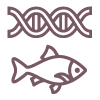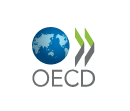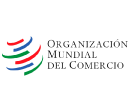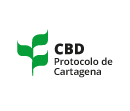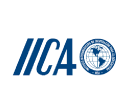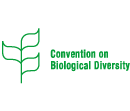 Benefits of GM crops
Benefits of GM crops
In Colombia, maize is grown in two different production systems, traditional and technified. The traditional system is characterized by fields no larger than 5 ha, where native varieties are used, and sowing and tillage is done using the plow, hoe, and other tools. Hybrid seeds are not used in these systems. The technified system is characterized by fields larger than 5 ha, where technologies, such as mechanization, are used for soil preparation and planting. These systems also use improved seeds (including genetically modified ones), fertilization, chemically synthesized pesticides and irrigation. Since their adoption, transgenic crops have brought many benefits to Colombian technified agriculture, contributing to its profitability and sustainability. In particular, GM crop adoption resulted in increased yields for maize (+17%) and cotton (+30%) due to better management of insect pests and weeds. In addition, GM crops helped farmers to make a better use of pesticides both in cotton and in maize, thus reducing the amounts employed and consequentially, lessening the environmental impact of farming by 26%. Between 2003 and 2018, GM crops added 630,000 tons of maize and cotton fiber to Colombian production without the need to use more arable land. In short, transgenic crops have proven to be a powerful tool for Colombian farmers, not only for increasing their productivity and profitability, but also for promoting more environmentally friendly agricultural practices.
For further information regarding benefits
• Genetically modified GM crop use in Colombia: farm level economic and environmental contributions. Brookes, G.(2020)
• GM crops: global socio-economic and environmental impacts 1996-2018. Brookes and Barfoot (2020a)
• GM crop technology use 1996-2018: farm income and production impacts. Brookes and Barfoot (2020c)
• Environmental impacts of genetically modified (GM) crop use 1996-2018: impacts on pesticide use and carbon emissions. Brookes and Barfoot (2020b)
 Overview
Overview
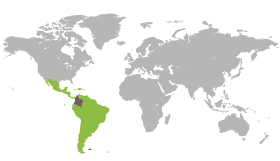

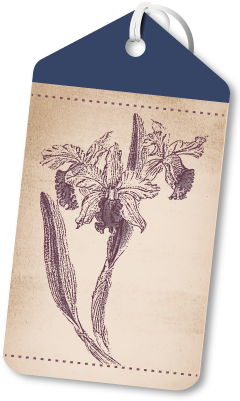








 Trade
Trade Are there local developments?
Are there local developments?
